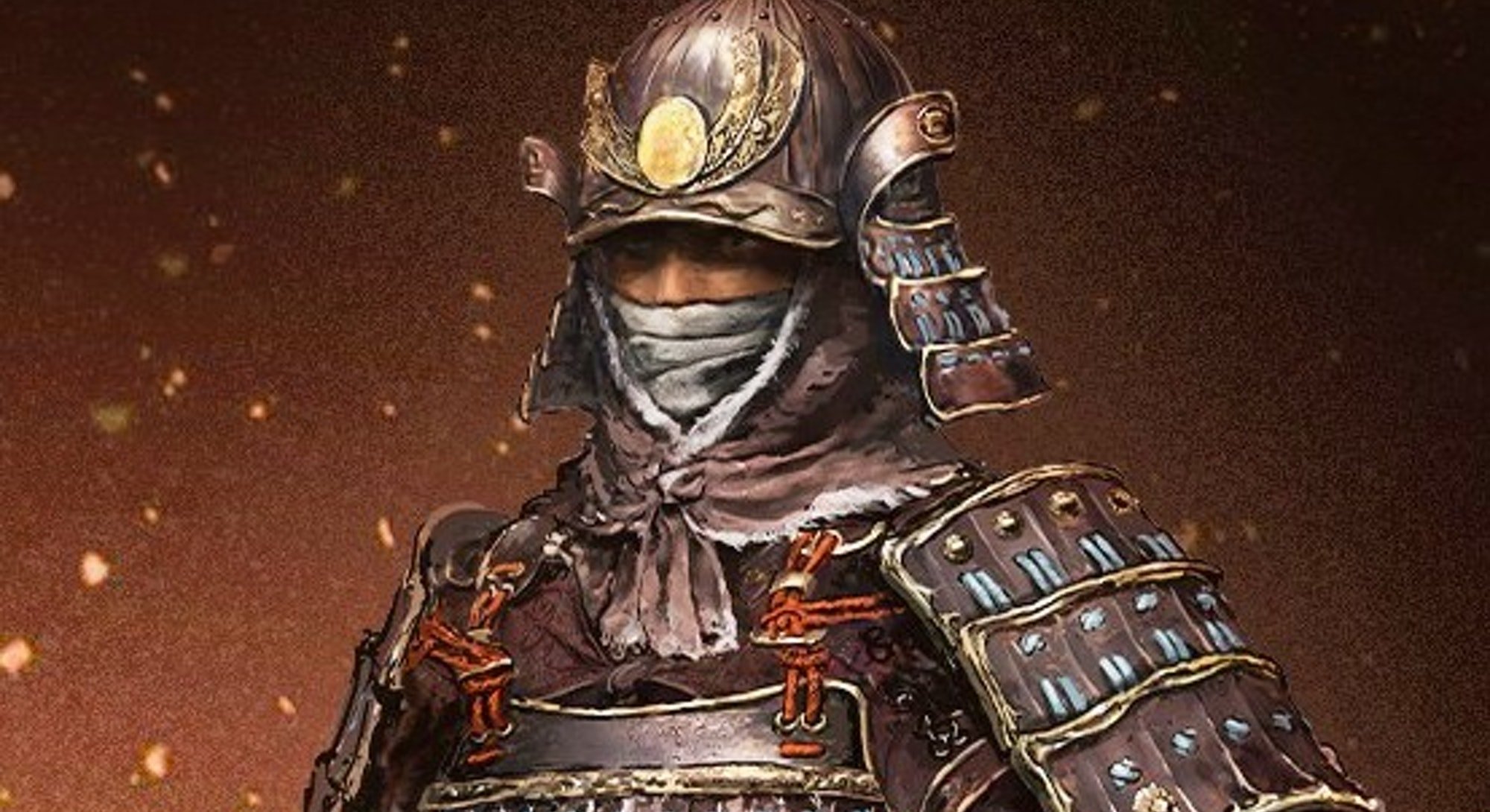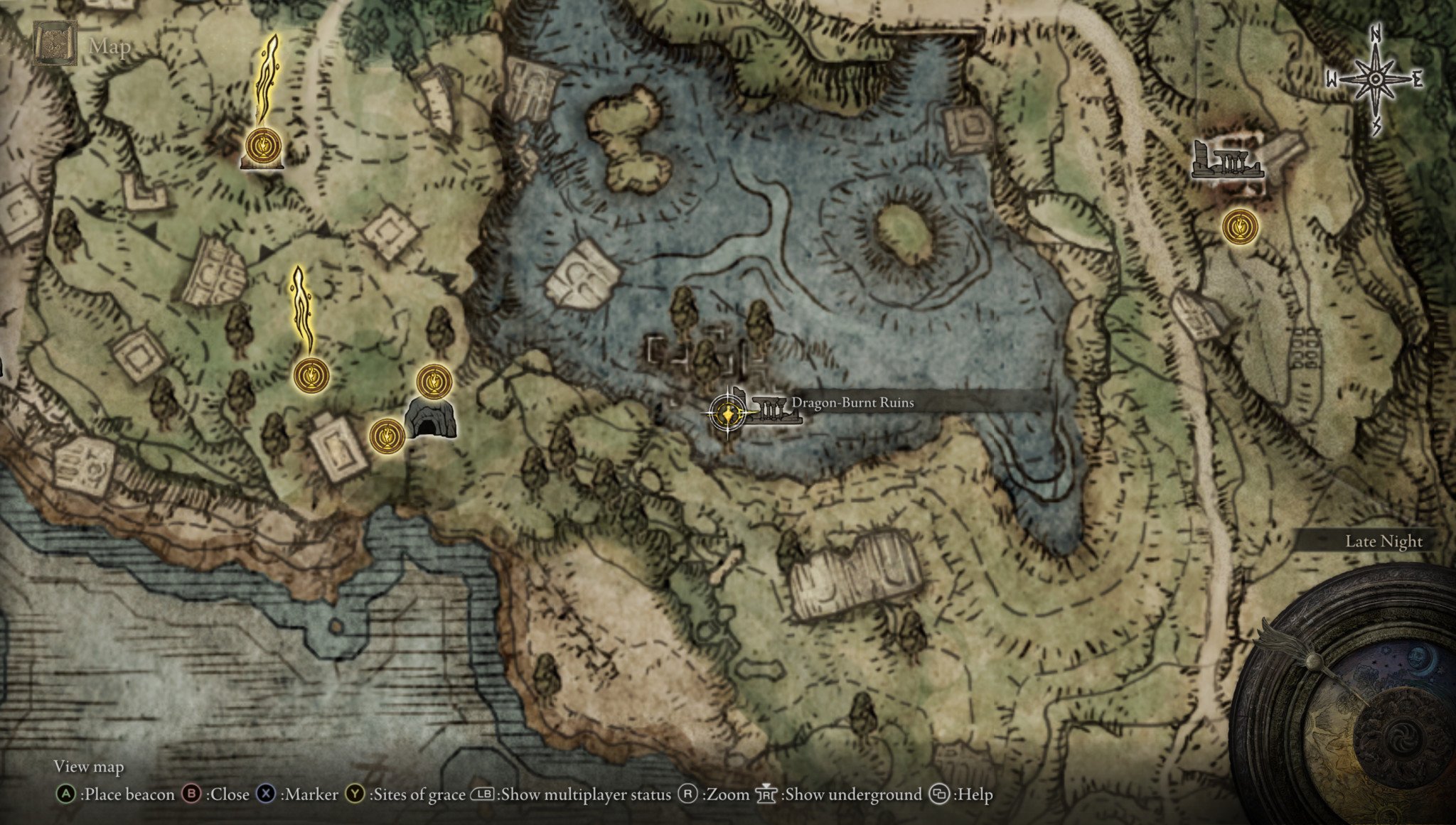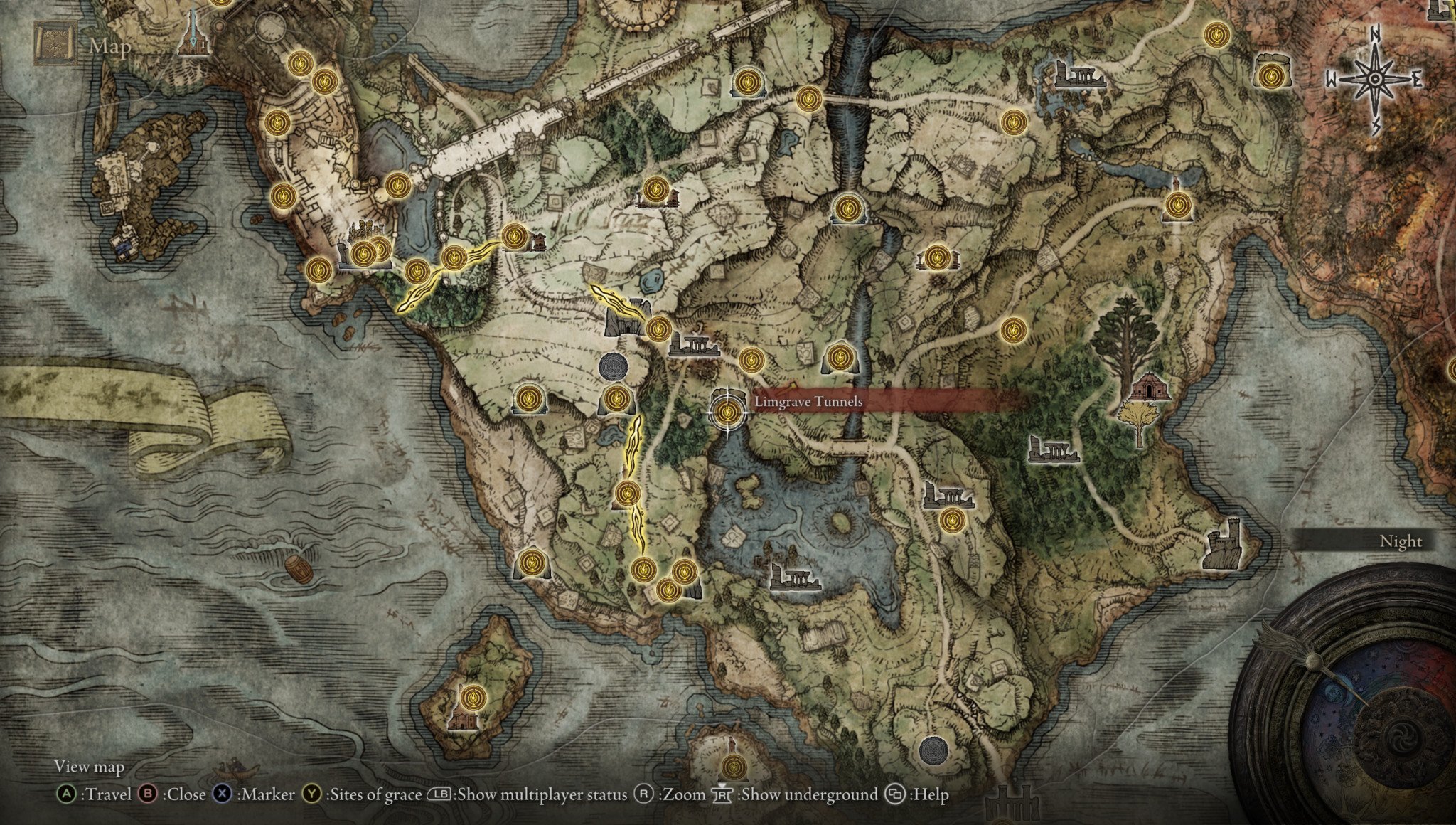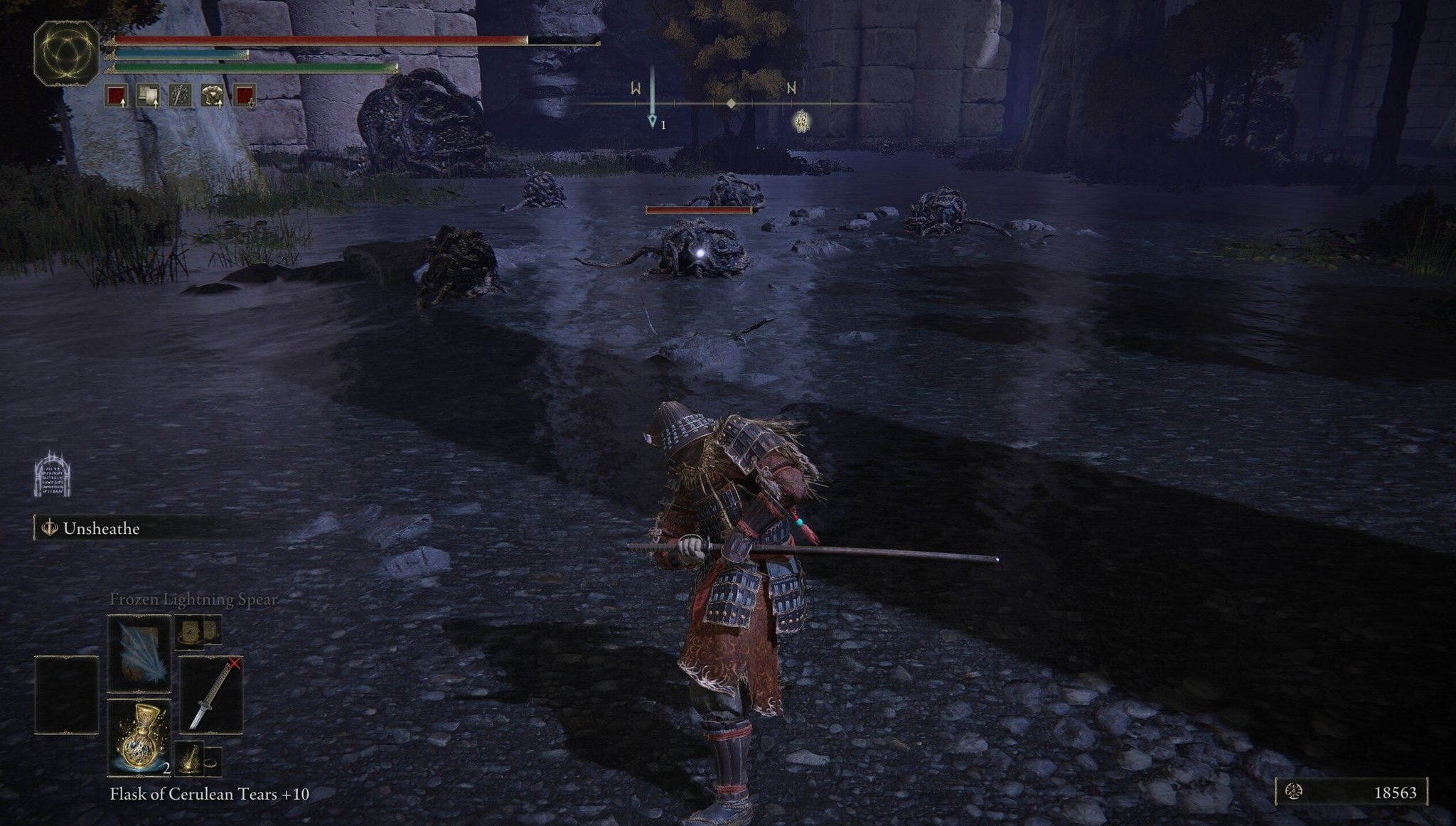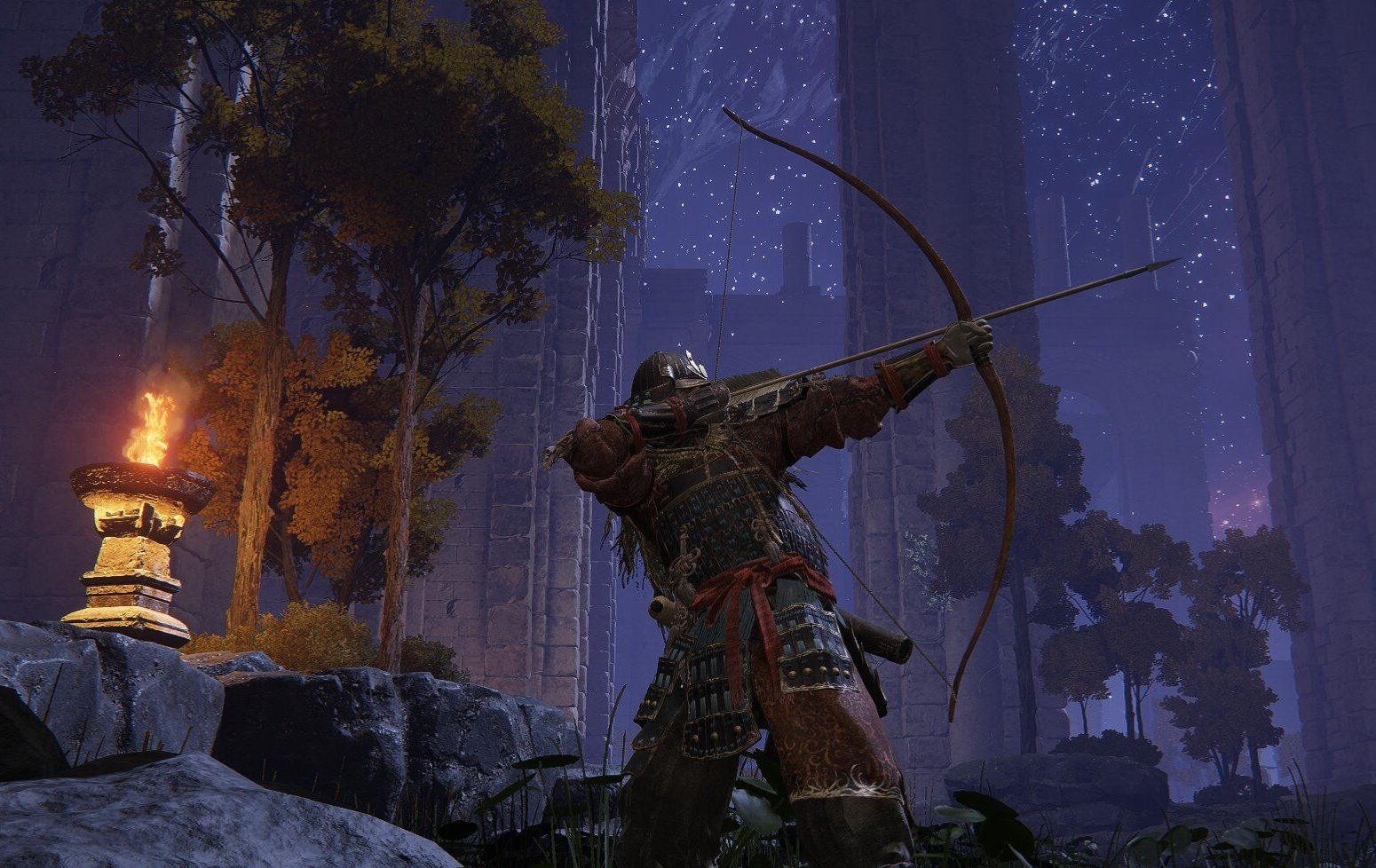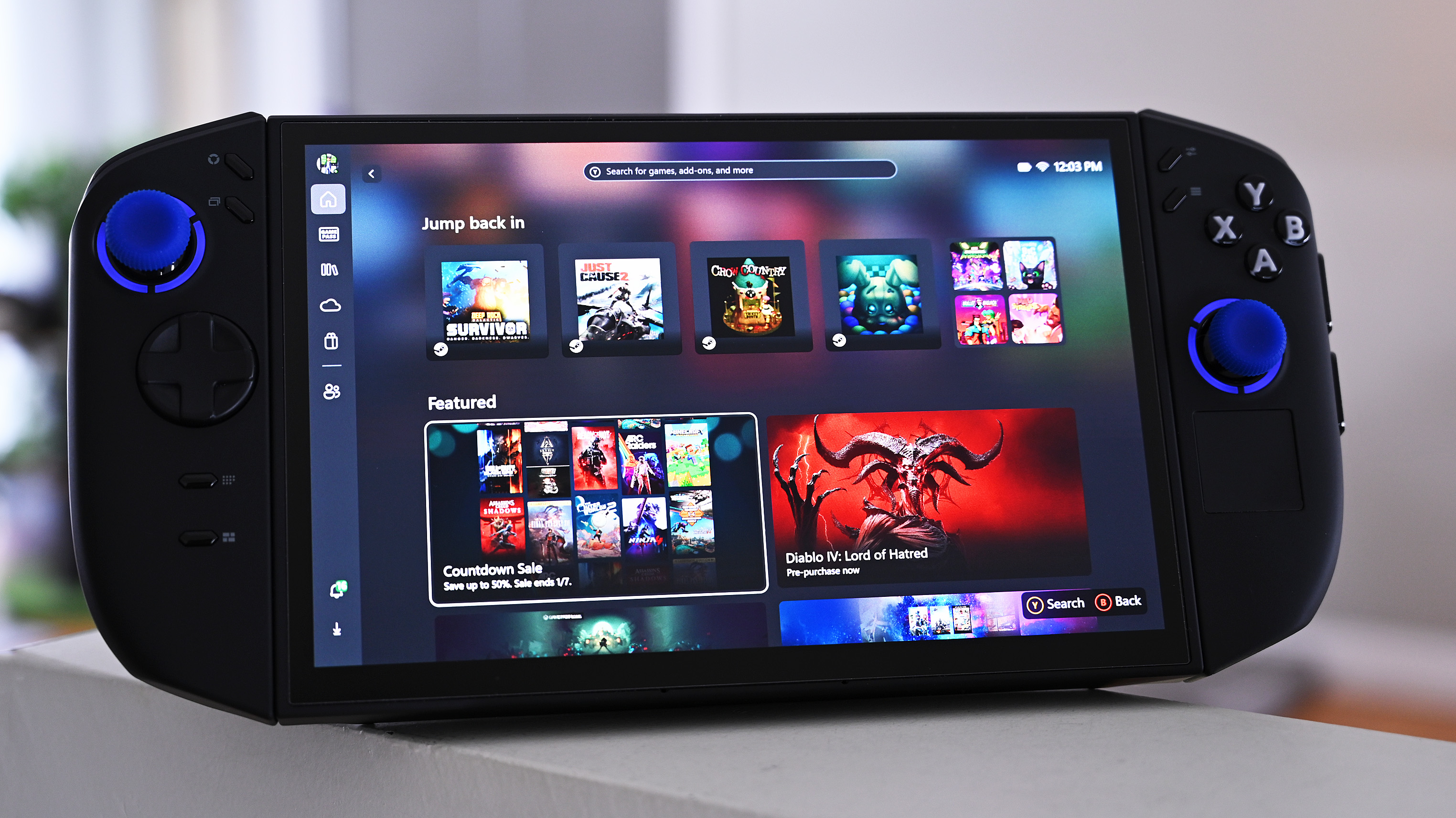Elden Ring Samurai and Bandit beginner's guide: Shred your enemies to pieces
Masterfully slash and parry your way to victory.
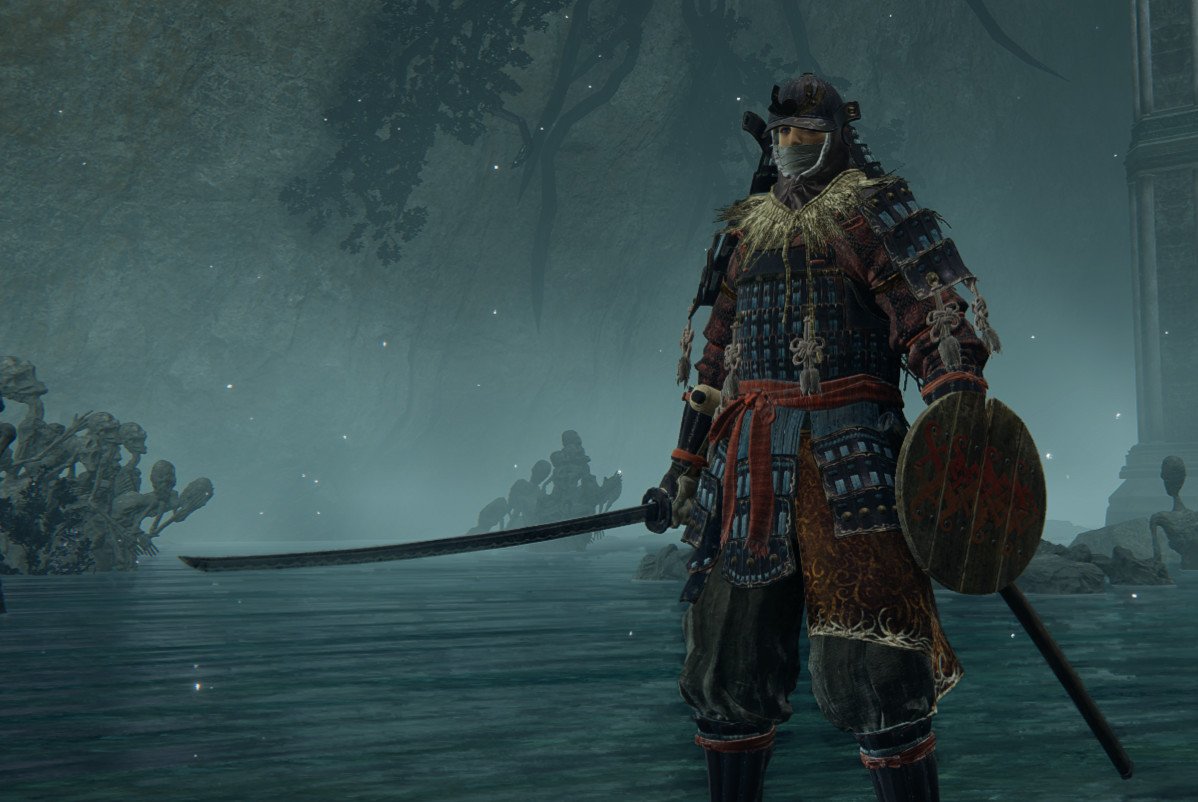
Fighting enemies up close and personal with melee weapons has always been the best overall way to overcome FromSoftware's action RPGs, and that hasn't changed in Elden Ring. While some players may prefer Strength-focused classes like the Vagabond and Hero for their ability to tank lots of hits and stunlock enemies, Dexterity classes like the Samurai and Bandit will be perfect for those who want to parry enemies and dish out maximum damage per second (DPS).
If you're a new player aiming to create an effective build with the Samurai or Bandit class, we highly recommend making a powerful Dexterity build. Here are some important tips, pieces of information, and combat strategies that will allow you to turn your Samurai or Bandit into a vicious Dexterity warrior who can shred your enemies to pieces.
This article avoids general spoilers save for the gear list at the bottom. Note that while this article doesn't cover everything, it does encompass the basics, as well as plenty of advanced information.
Elden Ring: Guide to Samurai, Bandit, and Dexterity combat
Whether you choose the Samurai or Bandit class, your strongest combat advantage in Elden Ring is your ability to devastate foes with powerful critical hits or rapid melee attack flurries. Whereas you'd want to stand your ground and lock enemies into melee combos as a Strength-focused class like Vagabond or Hero, these Dexterity classes excel at weaving in and out of an enemy's attack range, dealing unrivaled amounts of damage. Note that the vast majority of Dexterity weapons also have an incredibly high crit multiplier that makes them do massively increased damage when you riposte a parried enemy or backstab them. Dexterity is also the stat most bows scale with, so don't be afraid to try them out in scenarios where ranged attacks would be helpful (both the Samurai and Bandit start with bows in their inventory).
As you might expect, the most important stat to level up as a Samurai or Bandit is Dexterity. This stat significantly boosts your damage when using weapons that scale with it, and it also reduces fall damage you take and improves casting speed for magic attacks as well. For this reason, hybrid builds that make use of both Dexterity and either Intelligence or Faith are some of the best Elden Ring builds in the game. For pure Dexterity builds, though, you should aim for about 60 Dexterity.
Other stats you should focus on include Vigor and Endurance. The former increases the amount of health you have, while the latter raises your total stamina. Both of these stats are valuable for Dexterity melee fighters; having more health means you can make more mistakes, and more stamina allows you to both keep up the pressure against enemies with rapid melee flurries and dodge roll or sprint away from incoming attacks. Note that Endurance also allows you to wear heavier armor, reducing the incoming damage you take. Aim for 35-44 Vigor and at least 30 Endurance.
Top: The location of the Twinblade. Bottom: The location of the Limgrave Tunnels.
All the latest news, reviews, and guides for Windows and Xbox diehards.
Unlike the spells and items you should get right away as the Astrologer and Prisoner classes, there aren't many specific items in Elden Ring that you should rush to get as a Dexterity-focused Samurai or Bandit. One Dexterity weapon that is worth getting, though, is the Twinblade — especially if you're a Bandit and your only starting melee weapon is a knife. You'll find it within the Dragon-Burnt Ruins, located east of The First Step Site of Grace you start the game at.
Once you have the Twinblade, you should upgrade it with Smithing Stones to improve its damage. These upgrade materials (and all of the various tiers of them) are located throughout the Lands Between, but are most often found in mines and tunnels. One of these locations that you can easily explore right away is the Limgrave Tunnels dungeon, found in the northern portion of the same lake that the Dragon-Burnt Ruins and the Twinblade are in.
Elden Ring: General melee tips for Dexterity users
Now that you understand the basics of Dexterity combat and have a decently upgraded Twinblade, you have all the gear you need to begin adventuring around Elden Ring's open world. Now, let's go over some important tips and pieces of information that will help you capitalize on the potential of Dexterity and Dexterity weapons (our Elden Ring melee combat guide goes more in-depth about every aspect of melee combat).
Important melee mechanics
As a Dexterity character, a mechanic that's crucial to understand is Poise. This is what allows you (or your enemies) to continue attacking even if you take damage during a swing, and unfortunately, one of the weaknesses of Dexterity builds is that they typically have low Poise. This is because you generally only get high Poise when using larger and slower Strength weapons instead of smaller and faster Dexterity weapons like daggers, katanas, and scythes. Therefore, as a Dexterity character, it's important that you recognize when enemies have more Poise than you. In most cases, large enemies, enemies with heavy armor, and enemies with large weapons will have more Poise. Against these enemies, you have to be ready to dodge whenever they start attacking through your own attack chains.
One of the best things you can do as a Dexterity class is parry. This move (activated with the left trigger while using a shield that has a Parry Ash of War) allows you to deflect incoming blows away, leaving enemies wide open for a critical riposte. Since Dexterity weapons almost always have high crit multipliers, Dexterity characters are rewarded with massive bonus damage during ripostes. To parry, press the parry button just before an attack connects with you. The timing for parries is tricky, so getting good at parrying requires a lot of practice. Something else that's important to know is that you can't parry most large enemies and bosses. A strong alternative to parrying is backstabbing, which you can achieve with stealth or by circling around foes.
Many Dexterity weapons also have the ability to build up the Bleed status effect, which instantly damages a large chunk of an enemy's health each time you build up their Bleed meter (unfortunately, you can't see this meter). Note that Bleed you inflict does gradually go away over time, so you need to keep up the pressure if you want to successfully Bleed opponents.
One great way to maximize your damage potential is to Power Stance your weapons. This occurs automatically when you equip a similar type of weapon in each hand (such as two katanas) and it allows you to attack enemies with both of them at once when using the left bumper (L1). Since Dexterity combat is all about rapid flurries of attacks, using two weapons instead of one is a great idea if you're not a fan of parrying.
How to fight as a Dexterity character
To fight effectively as a Dexterity character, you need to quickly strike enemies with some attacks, then parry, dodge, or sprint away from theirs. This is because Dexterity weapons are quick and can usually strike enemies before they have a chance to hit you first. Against bigger enemies that use large weapons, dodge their attacks and then backstab them while they're recovering.
When you encounter enemies that block your attacks with shields or are fast enough to either dodge your attacks or attack before you can, there are a few effective ways you can overcome this:
- Wait for them to attack first and dodge, following up with your own attacks or a backstab.
- Parry their attack and perform a critical riposte.
- Back away and use ranged weapons to take them out.
The first two approaches are effective in most combat situations, though it's important to note that many bosses cannot be parried. Additionally, parrying fast attacks and attack combos can be incredibly difficult, so we recommend just dodging if you're having too much trouble timing your parries. You can often use a medium shield for full physical damage negation if you're struggling to dodge or parry attacks, but blocking is something Strength builds do much better than Dexterity ones since they have more stamina and can use heavy greatshields.
Using a bow is also an excellent option for Dexterity builds. They're not powerful enough to be used exclusively, but having a good one handy is helpful in many situations.
Generally, you should avoid using your heavy attacks when using a Dexterity build and Dexterity weapons. This is because they're much slower than your rapid light attacks, and unlike most Strength weapons, don't do enough damage to make them worth it.
Elden Ring: Best Dexterity weapons and equipment
There are tons of different weapons and other pieces of gear that work well with Dexterity builds in Elden Ring, and as you adventure around the open world, you should be keeping an eye out for them. Generally, you should be looking for daggers, katanas, rapiers, claws, scythes, bows, and lightweight shields for parrying.
Below, you'll find a list of some of the best Dexterity weapons and gear that you can get in Elden Ring's early game (in addition to the aforementioned Twinblade). These items will perform excellently well into Elden Ring's mid and late game, especially if you upgrade them.
| Item | Type | Location | Usage |
|---|---|---|---|
| Nagakiba | Katana | Dropped by the Bloody Finger Hunter Yura NPC north of Murkwater Cave in Limgrave | An excellent katana with great range and strong Bleed buildup. (Requires: STR 18, DEX 22) |
| Hookclaws | Claws | In Stormveil Castle, in the corner of a room in the wine cellar you come across while taking the side route into the castle. | A deadly pair of sharp claw weapons that Bleeds enemies quickly and can be used to attack extremely rapidly. (Requires: STR 8, DEX 14) |
| Nightrider Flail | Flail | Dropped by the Night's Cavalry miniboss in the Weeping Peninsula region. | A devastating flail with three heads that's slower than other Dexterity weapons, but does more damage and inflicts massive amounts of Bleed. (Requires: STR 10, DEX 24) |
| Flail | Flail | Found in a chest being guarded by enemies in the Gatefront Ruins in Limgrave. | A less powerful alternative to the Nightrider Flail that has lower stat requirements. (Requires: STR 10, DEX 18) |
| Rapier | Thrusting Sword | Can be purchased from the Twin Maiden Husks at Roundtable Hold for 1,000 runes. | A quality thrusting sword with great damage and low stat requirements. (Requires: STR 7, DEX 12) |
| Dagger | Dagger | Sold by the Twin Maiden Husks at Roundtable Hold for 400 runes. | A simple dagger that does high damage to enemies when used to riposte or backstab. (Requires: STR 5, DEX 9) |
| Reduvia | Dagger | Dropped by Bloody Hunter Nerijus near Murkwater Cave in Limgrave. | A phenomenal weapon for Dexterity/Arcane hybrid builds that does strong crit damage and Bleeds enemies absurdly quickly. (Requires: STR 5, DEX 13, ARC 13) |
| Buckler | Parrying Shield | Sold by Gatekeeper Gostoc near the front of Stormveil Castle for 1,500 runes after you have him open the castle's main gate. | The best shield for parrying in the entire game. Features a longer parry window than most other shields, making it easier to successfully parry enemies. (Requires: STR 18, DEX 13) |
Elden Ring is finally here, and it's available for $60 on Xbox Series X|S, Xbox One, PS5, PS4, and PC. It's one of the best Xbox games you can play right now if you're a fan of challenging RPGs, and we strongly recommend it.

Brendan Lowry is a Windows Central writer and Oakland University graduate with a burning passion for video games, of which he's been an avid fan since childhood. He's been writing for Team WC since the summer of 2017, and you'll find him doing news, editorials, reviews, and general coverage on everything gaming, Xbox, and Windows PC. His favorite game of all time is probably NieR: Automata, though Elden Ring, Fallout: New Vegas, and Team Fortress 2 are in the running, too. When he's not writing or gaming, there's a good chance he's either watching an interesting new movie or TV show or actually going outside for once. Follow him on X (Twitter).
